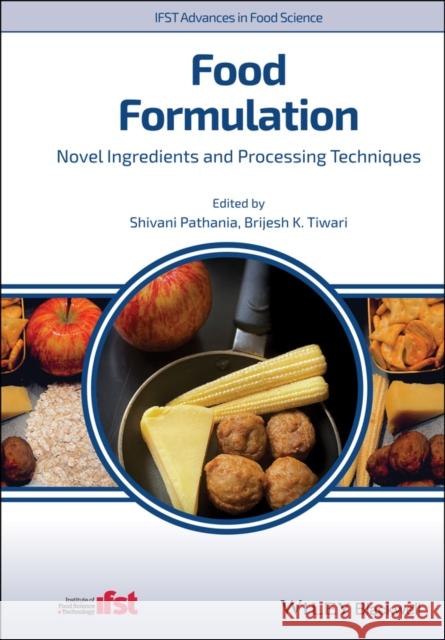Food Formulation: Novel Ingredients and Processing Techniques » książka
topmenu
Food Formulation: Novel Ingredients and Processing Techniques
ISBN-13: 9781119614746 / Angielski / Twarda / 2021 / 336 str.
Kategorie:
Kategorie BISAC:
Wydawca:
Wiley-Blackwell
Seria wydawnicza:
Język:
Angielski
ISBN-13:
9781119614746
Rok wydania:
2021
Numer serii:
000476807
Ilość stron:
336
Waga:
0.72 kg
Wymiary:
24.41 x 16.99 x 1.91
Oprawa:
Twarda
Wolumenów:
01
Dodatkowe informacje:
Bibliografia











